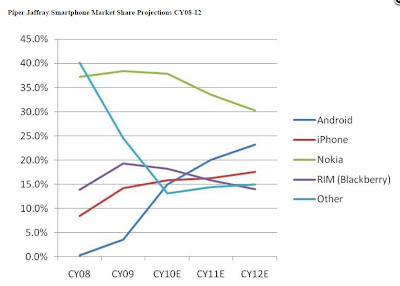If a deal is not struck, then we know a few things will probably happen:
- The Bond Market will be crushed.
- Bank stocks will be crushed (for the above reason)
- Volatility will shoot through the roof (usually an accurate measure of fear in the markets)
- S&P and DIJA will take a hit
- Make a volatility play such as buying VXX . This is a S&P 500 VIX Futures ETN. Essentially, it is an ETN that gains in value as futures contracts on volatility become more valuable. Thus, as more and more fear of a default enters the market, there will be a premium on volatility causing this ETN to gain in value.
- Open up far out of the money PUT options on an S&P ETF like SPY . The option will be cheap if you go far enough out of the money and will be sure to gain value in the case of a default (as we would see a huge hit to the S&P 500.)
- Short bank stocks. These will be the companies most vulnerable to a bond market crash, and there will be a lot of negative trading action on banks stocks in the case of a default.


